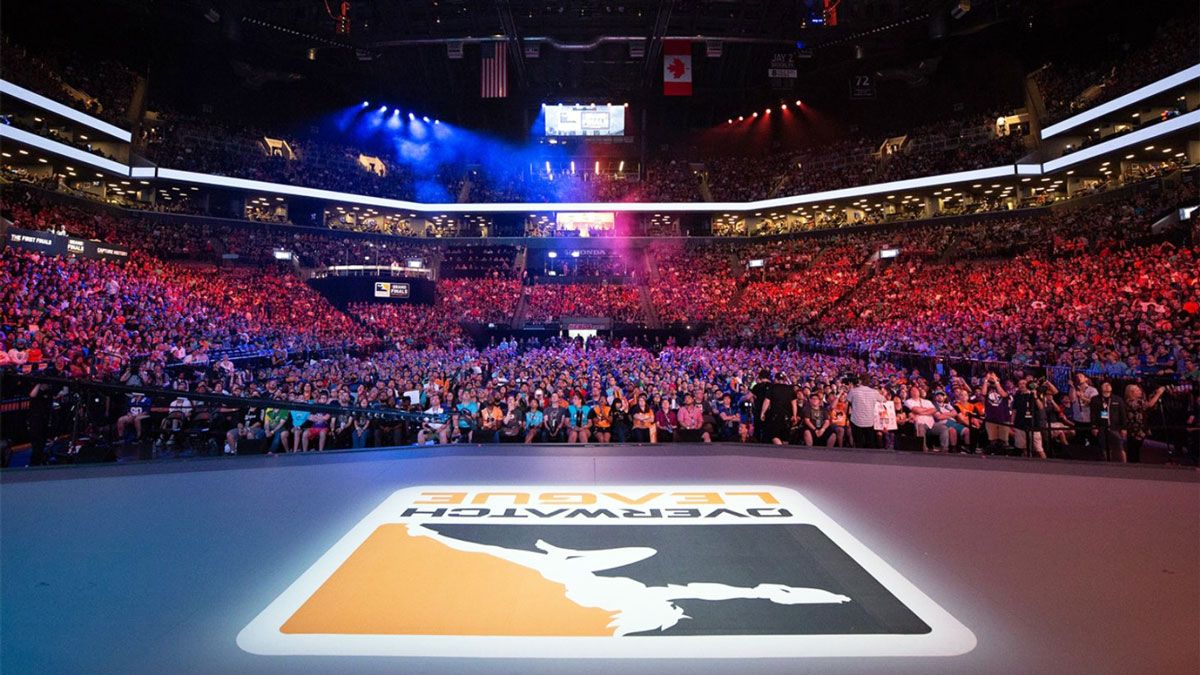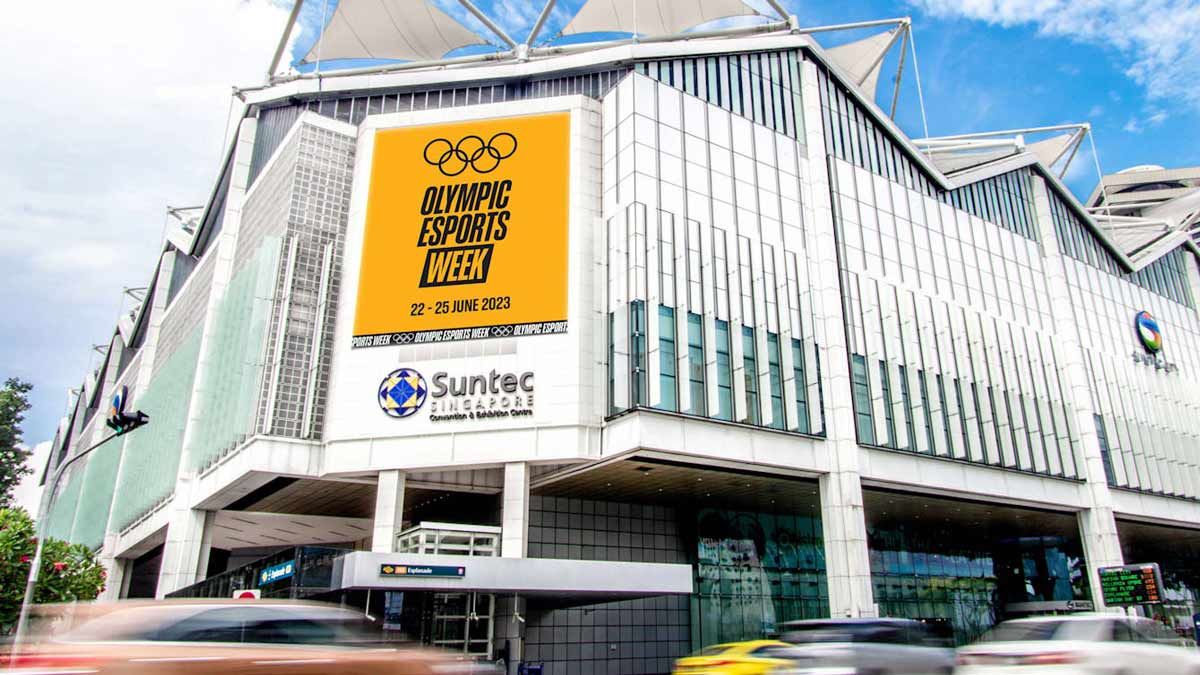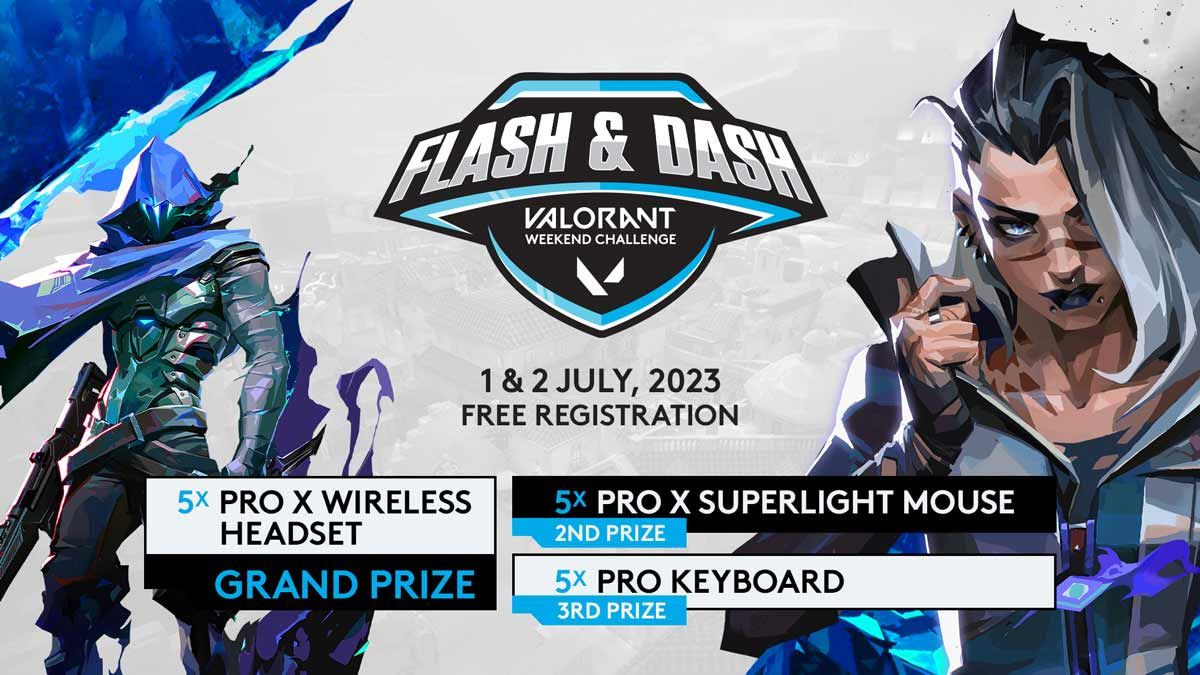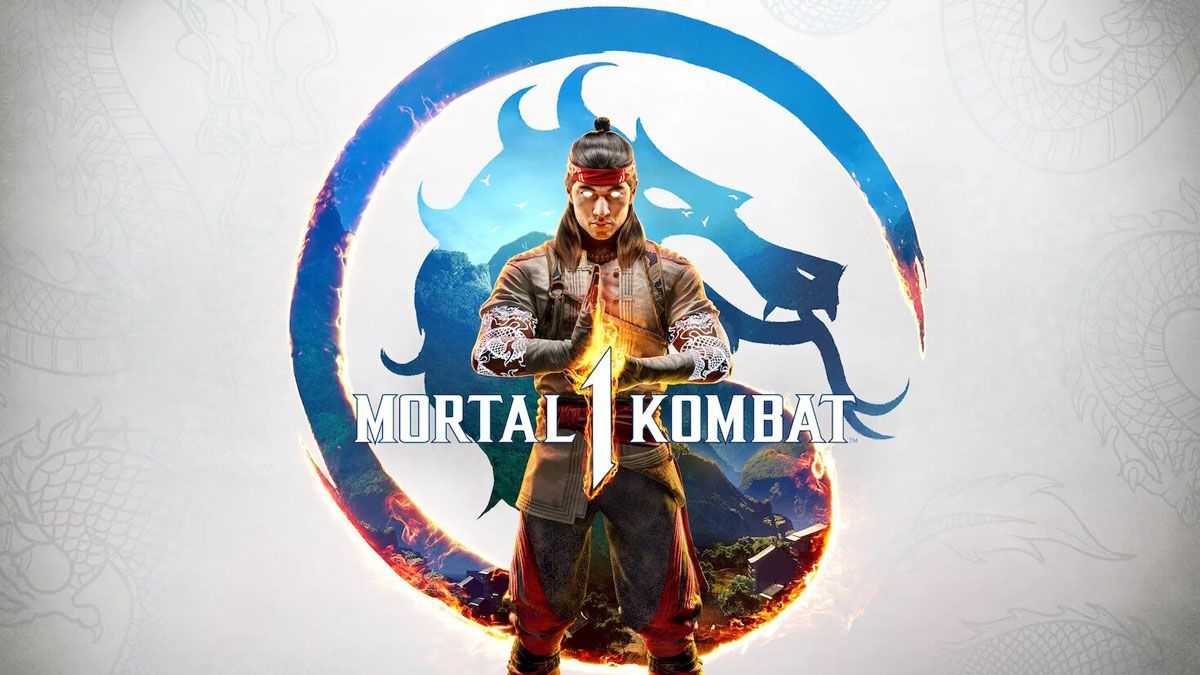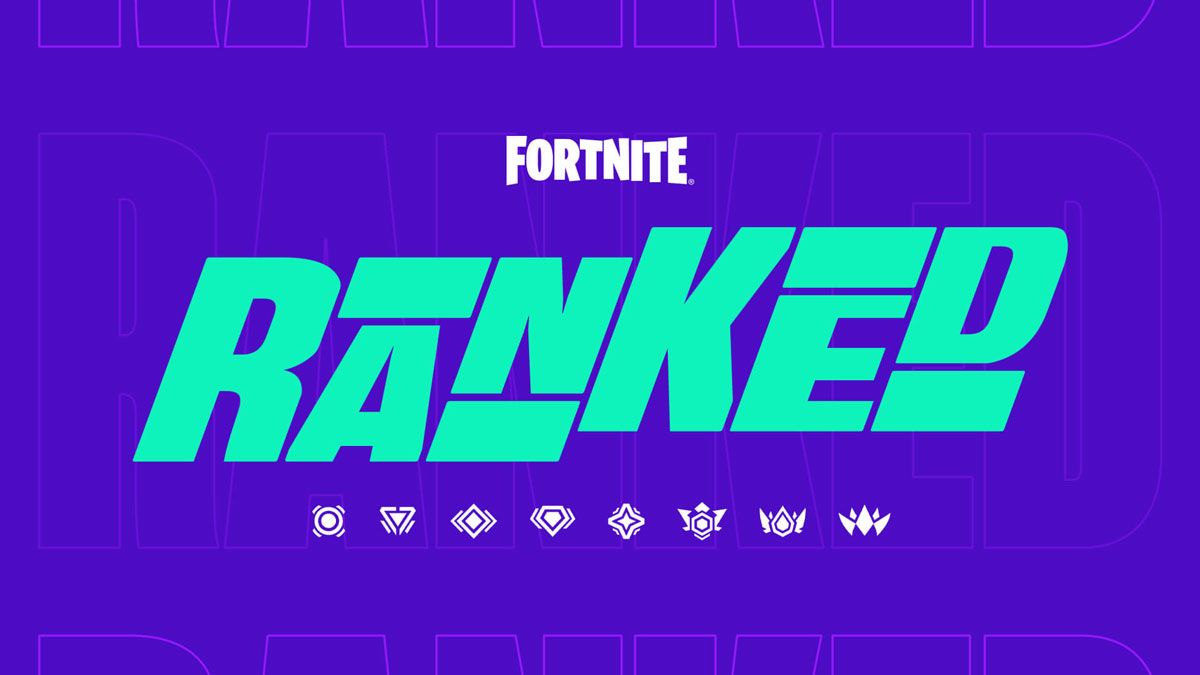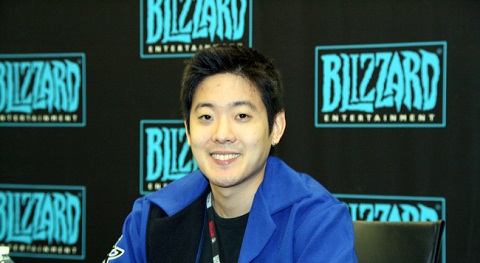
Photo by: PlayXP.com
Blizzard's lead balance designer sits down to address some of the feedback from professional StarCraft 2 players that Blizzard received during the G-Star event in Korea. Kim talks about many topic that have gathered head like terran MULEs and EMP, larvae inject mechanics and the variety in protoss playstyles.
One of the most sensitive balance discussions are those on the terran M.U.L.E. gold mining rate and the decreased EMP AoE radius. Commenting on the former, David Kim gives an example of how some tournaments, in particular the GSL, have solved this issue by removing the high yield bases altogether. Kim explains how this move has brought a bit more race balance to the GSL but also mentions how other events that don't chose to remove the gold mineral patches are still not experiencing a terran domination. All in all, the MULE mining of gold minerals is still in a process of investigation and according to Kim if the balance team concludes that it is indeed an unfair advantage, according measures will be taken.
The nerf to EMP, on the other hand, is much more clearly justified and Kim is short in justifying this one.
We feel that the dynamic between protoss and terran especially was in need of a change, and this was an efficient method of achieving that. We’re still paying close attention to how the change to EMP affects this matchup globally, as well as on the tournament stage.
Aside from the concerns about terran nerfs in general, David Kim addresses a certain unit that has fallen out of popularity some time ago - the reaper. The reapers were one of the most deadly early-game units in TvZ but their usefulness declined after their nitro pack upgraded was moved up the tech tree to require a factory. Now terran players should be glad to hear that the reaper is under heavy examination by the balance team and different approaches are being experimented with in order to restore reaper's full potential and make it a valid unit in the terran arsenal once again.
The only answered feedback in relation to the zerg race was the difficulty in perfectly managing the larvae inject mechanics compared to the macro techniques of the other races. Kim's statement towards the issue is the following:
Our stance on this kind of issue is simple: We intentionally make different aspects of the game difficult for the different races. We want each of them to have asymmetric advantages and disadvantages that contribute to very different play styles, but still result in a satisfying, balanced game at the end of the day. Spawn Larvae is more difficult to manage than Chrono Boost or MULEs, but zerg has other advantages -- for example, unit production is relatively easy to manage for zerg compared with the other races. Making side-by-side comparisons of isolated elements won’t show you the whole picture because StarCraft II is asymmetrically balanced, meaning that if a race is strong in one way, then it’s probably also weak where another race is strong.
Much feedback was also directed towards the protoss race and especially towards the removal of the khaydarin amulet (the upgrade that increased high templars' starting energy) and the variety of viable protoss playstyles.
Kim is adamant in his position that the removal of t he amulet was necessary. The lead designer explains this nerf with the need for changing the PvX dynamics, the latter being hurt by the instant storms that were available to the protoss plus the lack of decision making towards which particular high templar spell was to be used. Kim feels that the high templar is very strong in his current state and that they are also exploring "better ways to handle energy upgrades, since we’re not quite satisfied with how they work currently."
According to David Kim, an issue that came up at BlizzCon 2011 is the lack of variety in protoss tactics and play-styles. His take on the matter is that such diversity will probably come with the new units in Heart of the Swarm and that there is actually a very good reason to not make major changes to the race right now.
We do have good reasons for delaying a large change like this for the expansion. Not to be taken lightly is the fact that balance is actually quite good right now, and major play style changes can have a disruptive effect on balance. Also, patches are intended to fix issues in a small, incremental way, not to introduce entirely new playing experiences and sweeping changes to gameplay. That kind of change is much better left for an expansion, where new units and dramatic shifts in strategy are expected and welcomed.
In short, we do want to give protoss players a better variety of strategic options. We’ve learned a lot from Wings of Liberty, and we’re hoping to achieve an even better and more varied competitive environment overall. In Heart of the Swarm, we expect to see the strategic options available to all three races grow.
Aside from race balance, David Kim also talks about the process of designing and balancing the map pool and the thought process of creating a 1v1 or a 2v2 map. Ramps, choke points and positions of natural expansions are discussed in short.

Links
Battle.net - Source


